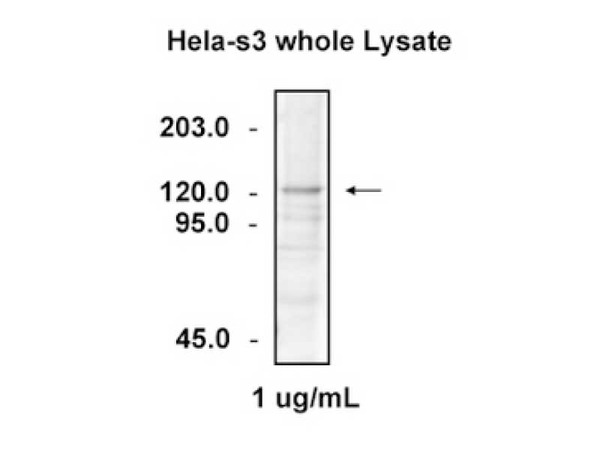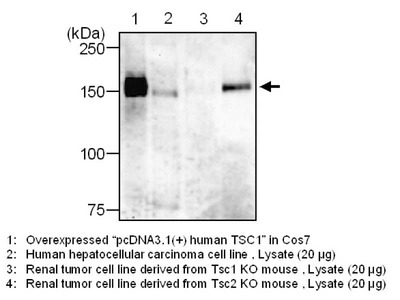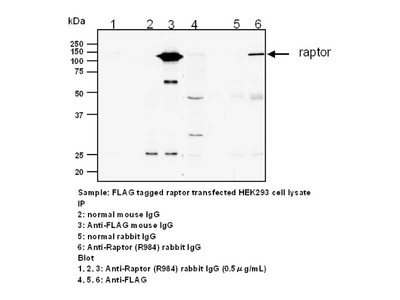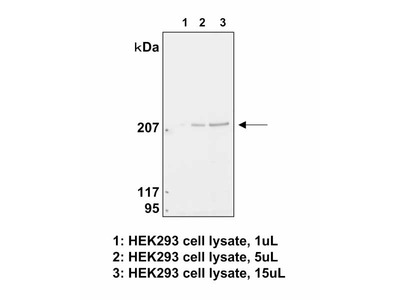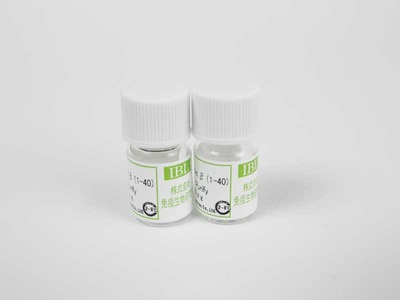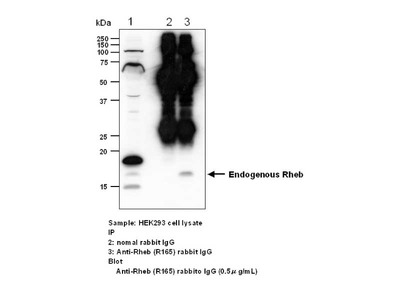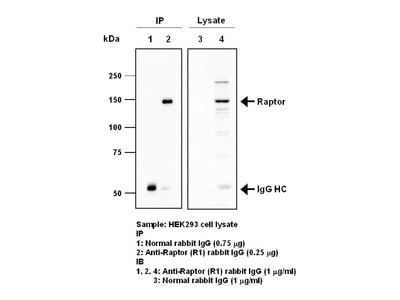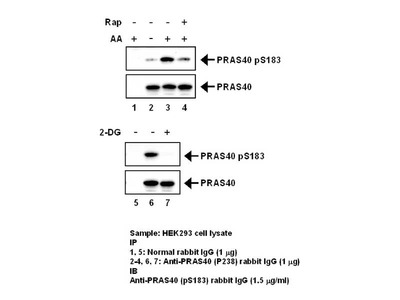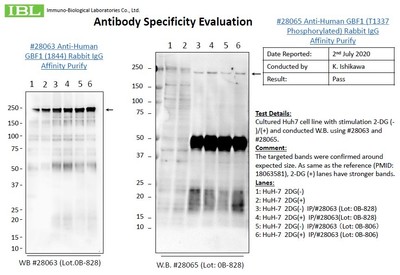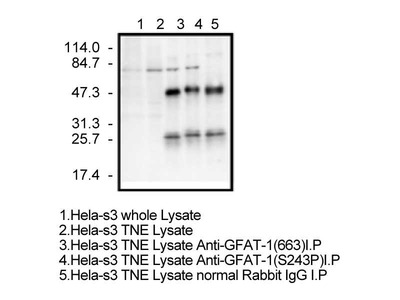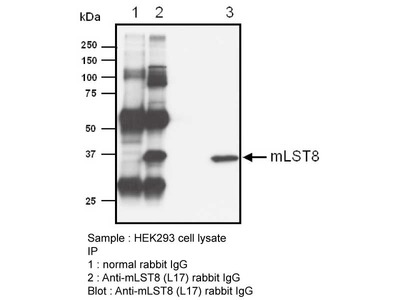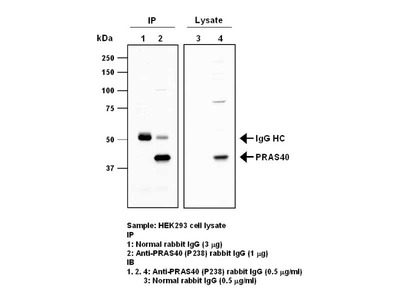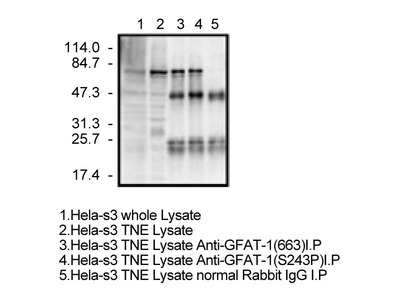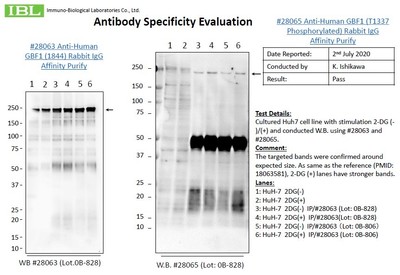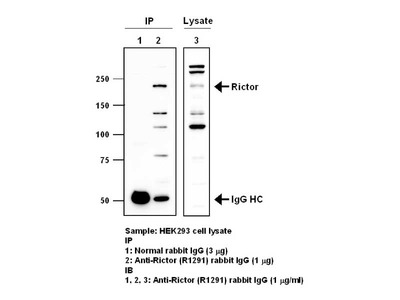- HOME >
- For Researchers >
- Product Search >
- Search Result >
- #28117 Anti-Human Tti1/KIAA0406 Rabbit IgG Affinity Purify
Product Search
#28117 Anti-Human Tti1/KIAA0406 Rabbit IgG Affinity Purify
- Intended Use:
- Research reagents
- Application:
- WB
- Package Size1:
- 100 μg
- Package Size2:
- 10 μg
- Note on Application Abbreviations
- WB:Western Blotting
※ The product indicated as "Research reagents" in the column Intended Use cannot be used
for diagnostic nor any medical purpose.
※ The datasheet listed on this page is sample only. Please refer to the datasheet
enclosed in the product purchased before use.
Product Overview
Product Overview
| Product Code | 28117 |
|---|---|
| Product Name | Anti-Human Tti1/KIAA0406 Rabbit IgG Affinity Purify |
| Intended Use | Research reagents |
| Application | WB |
| Species | Human |
| Immunizing antigen | Synthetic peptide of the C terminal part of Human Tti1/KIAA0408 (ASGQQNPYTTNVLQLLKELQ) |
| Purification Method | Purified with antigen peptide |
| Package Form | Lyophilized product from 1 % BSA in PBS containing 0.05 % NaN3 |
| Storage Condition | 2 - 8℃ |
| Poisonous and Deleterious Substances | Applicable |
| Cartagena | Not Applicable |
| Package Size 1 | 100 μg |
| Package Size 2 | 10 μg |
| Remarks1 | The commercial use of products without our permission is prohibited. Please make sure to contact us and obtain permission. |
Product Description
Product Description
Mammalian target of rapamycin (mTOR), a member of the phosphatidylinositol 3-kinase-related kinase (PIKK), is a major regulator of translation, cell growth, and autophagy. mTOR constitutes two distinct complexes, mTORC1 and mTORC2, that differ in their subunit composition.Tti1/KIAA0406 was identified as a novel mTOR-interacting protein. Tti1 constitutively interacts with mTOR in both mTORC1 and mTORC2. Knockdown of Tti1 suppresses phosphorylation of both mTORC1 substrates (S6K1 and 4E-BP1) and an mTORC2 substrate (Akt), and also induces autophagy. And it has been confirmed that Tti1 binds to Tel2 also in mammalian cells and Tti1 interacts with and stabilizes all six members of the PIKK family of proteins (mTOR, ATM, ATR, DNA-PKcs, SMG-1, and TRRAP). Furthermore, it has been reported that knockdown of either Tti1 or Tel2 causes disassembly of mTORC1 and mTORC2. These results indicate that Tti1 and Tel2 are important not only for mTOR stability but also for assembly of the mTOR complexes to maintain their activities.

